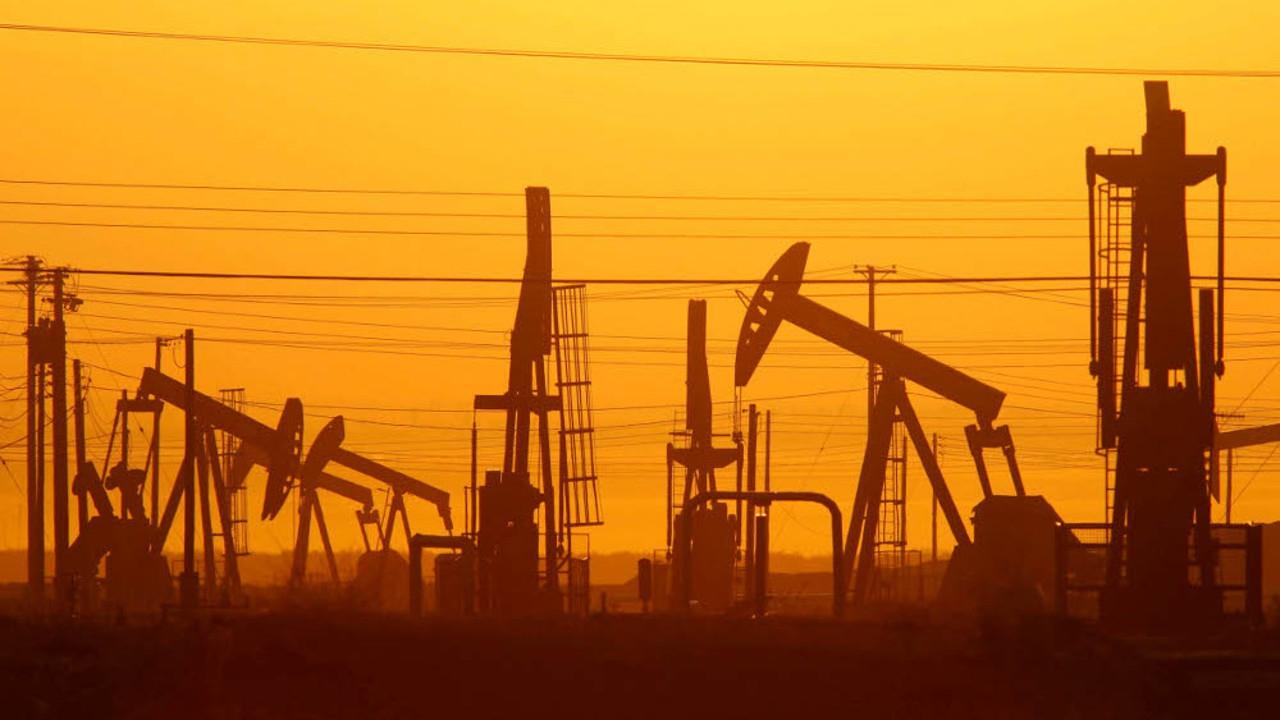Rio Tinto faces fraud charges arising from Mozambique debacle

“Those that are to be found are increasingly located in challenging geographies and geologies, or parts of the world where we have not historically had a presence, such as Mozambique, Guinea and Mongolia,’’ he said.
That annual meeting came not long after Rio had taken control of Riversdale Mining, with a $US3.7 billion takeover offer that was framed as a punctuation point for Rio’s post-crisis traumas and a launching pad for a new and aggressive growth era.
The bid for Riversdale, with undeveloped coal resources in Mozambique, was the first acquisition Rio had made after its near-death experience in the wake of the financial crisis, where the debt taken on for its disastrous acquisition of Alcan — it ultimately wrote more than $US30 billion off a $US38 billion acquisition — threatened to destroy the company.
Albanese had survived that episode, largely because Rio’s new chairman, Jan du Plessis, couldn’t definitively apportion blame for the ill-timed, ill-financed and massively overpriced acquisition between Albanese and Du Plessis’ predecessor, the dominating Paul Skinner.
Those three projects Albanese referred to weren’t a natural fit with Rio’s historical preference for tier one resources in regions with reasonable political and economic stability, although Rio had a very longstanding interest and involvement in Guinea’s massive Simandou iron ore resource and had held an interest in Ivanhoe Mines, which had the controlling interest in Mongolia’s Oyu Tolgoi copper-gold mine, since 2006.
One of those projects cost Albanese his job and, with another, have embroiled Rio and some of its senior former executives, including Albanese, in some very unpleasant claims of fraud and corruption.

The US Securities and Exchange Commission have charged Rio Tinto, Albanese and Rio’s former chief financial officer, Guy Elliott, with fraud, alleging they inflated the value of the coal assets acquired with Riversdale, breaching their disclosure obligations and corporate duties by hiding massive losses on the acquisition from their board, auditor and investors.
Albanese, Elliott and Rio have denied the allegations and say they will contest them vigorously. In saying it would defend itself, however, Rio also disclosed that it had reached a settlement with the UK Financial Conduct Authority over the timing of its impairment of the value of Riversdale.
While Rio said the FCA had made no findings of fraud or any widespread or systemic failure by Rio, it has been fined $US36.4 million. The impairment is also being investigated by the Australian Securities and Investments Commission.
The Riversdale deal was a disaster. Rio paid $US3.7 billion for what it thought was one of the world’s largest and highest-quality undeveloped resources of metallurgical coal. To develop the resource, it planned to barge the coal down the Zambezi River to a port on the coast.
In the end, once it actually owned the resource and started properly evaluating it, it realised the resource was far smaller than it had believed, the barge concept was rejected by the Mozambique government (and wasn’t feasible on the scale required anyway) and the costs of alternative infrastructure, even if the government permitted a new railway line and port to be built, were prohibitive.
Rio wrote the value of the project down initially by $US3 billion and subsequently sold it for $US50 million. Albanese resigned, followed shortly after by Elliott, with Rio veteran Sam Walsh and then non-executive board member Chris Lynch replacing them.

The second of Albanese’s growth projects in difficult geographies was the Simandou iron ore project in Guinea, a project that has generated its fair share of controversies.
Rio signed a non-binding agreement to sell its 46.6 per cent stake in the resource to China’s Chinalco last year, after earlier writing off nearly $US2 billion on its Simandou investment. It had concluded that the $US18 billion cost of developing the project made it unviable.
The project had, however, already claimed the jobs of two very senior executives — the former head of its energy and minerals unit, Alan Davies, and its most senior legal and regulatory affairs executive, Debra Valentine — after the UK’s Serious Fraud Office started an investigation into allegations of corrupt payments during 2011, while Albanese was CEO. Again, all those directly involved say they will defend themselves against any action, with Davis saying he will sue Rio.
So, of the three growth projects in unusual territories, only the Oyu Tolgoi underground expansion remains within Rio today. Every change of government in Mongolia, however, generates unease within Rio.
The Riversdale and Simandou projects and, to a different degree, Oyu Tolgoi, illustrate different aspects of the risks for resource companies involved in operating in difficult jurisdictions.
Acquisitions are difficult enough in such a cyclical and volatile sector — with Alcan, Rio’s timing was off, just ahead of the financial crisis, as was its framework for the long-term supply and demand outlook for the sector — but a hostile bid for a company with undeveloped coal resources in Mozambique was inherently very risky.

Miners tend to be reluctant to make hostile takeovers because they have to rely on whatever information is publicly available and the quality and integrity of that information. For a junior resource company, the quality and depth of the technical data will inherently be inferior to that which a Rio or BHP would require.
What was supposed to be a triumphant signal that Rio had restored its finances and was returning, aggressively, to growth turned into a career-ending debacle for Albanese because Rio’s due diligence was shown to be so poor and the financial consequences so large and embarrassing.
The Mozambique experience, and Simandou and Oyu Tolgoi, also underscore that operating in an environment where the geography is challenging, where there is little, if any, developed infrastructure and where the governments of economically-challenged countries want to extract as much benefit and development as they can from the exploitation of their resources, is very different to developing mines in the developed world.
The allegations relating to Simandou point to the more straightforward risk latent in the developing world, where an expectation of a “facilitation payment’’ from a government minister or official carries with it real risks of actions from bodies like the SEC, the US Department of Justice, the UK’s SFO or ASIC that are charged with anti-corruption responsibilities.
For shareholders, as opposed to the executives, the real pain lies in the misjudgements and the impairments and losses rather than in the actions of the authorities. Any fine ultimately levied against Rio (if any action against it is successful) would be inconsequential relative to the value lost in Riversdale, Simandou and Alcan.
For the individuals, of course, fines could be material and the reputational damage, if the allegations are proven in the Riversdale action, or those underlying those Guinea payments that are being questioned, even more so.






At Rio Tinto’s 2011 annual meeting then-chief executive Tom Albanese spoke about the challenges of finding the mineral resources to meet the unprecedented growth in the mining sector and the intensity of competition for those resources.